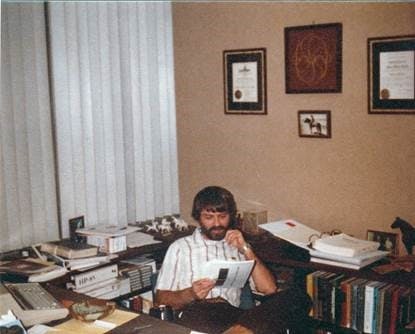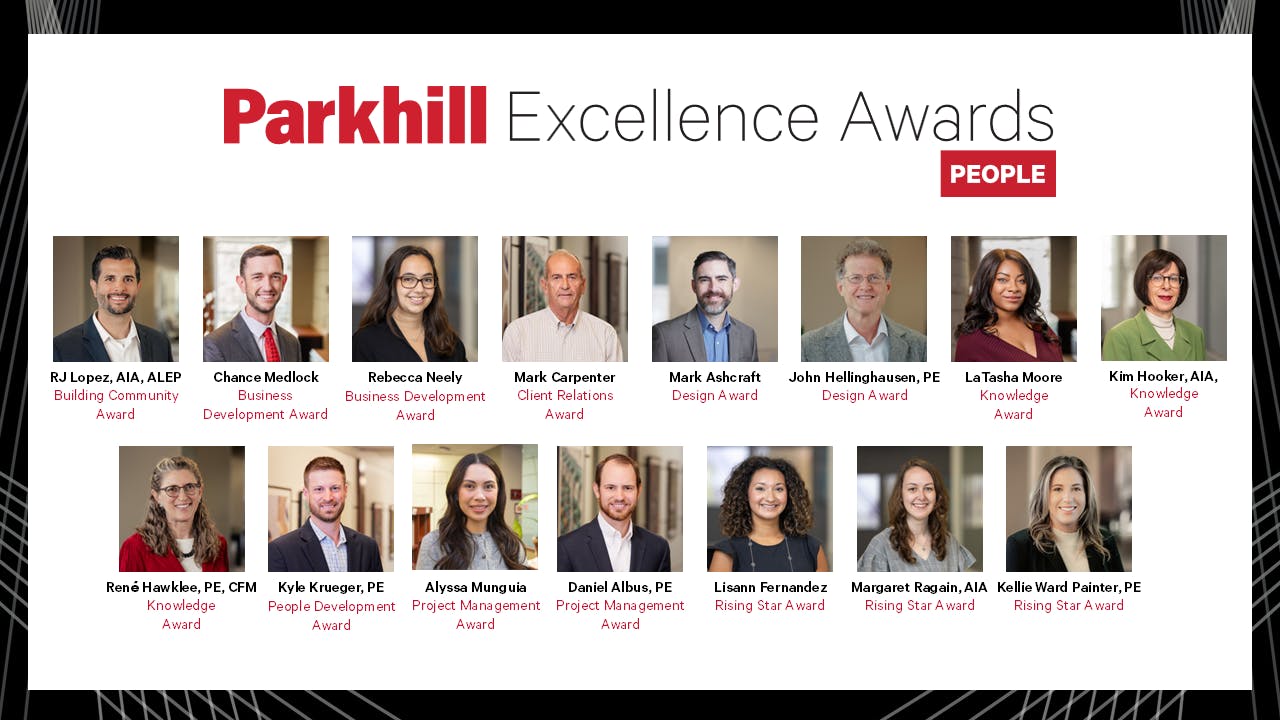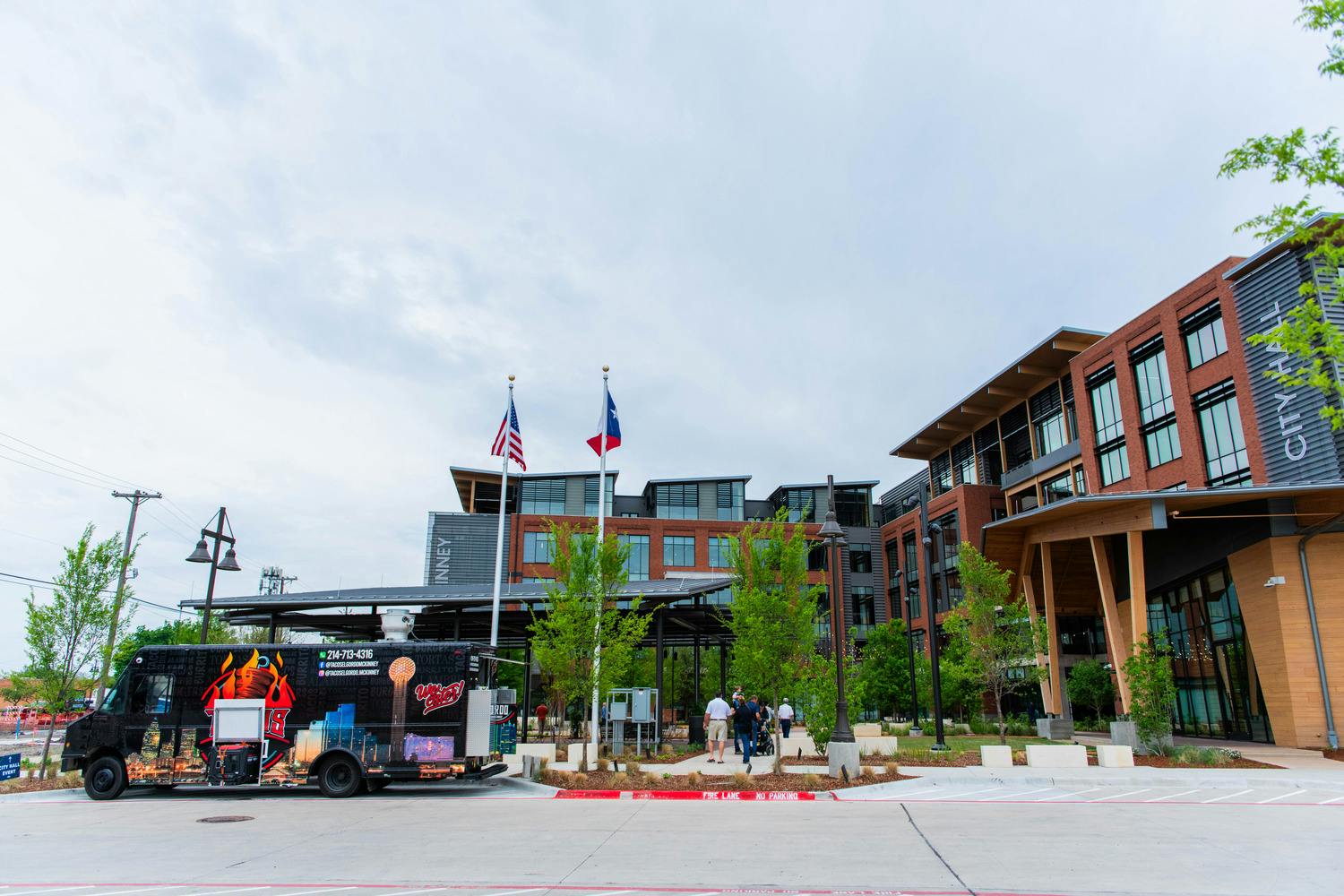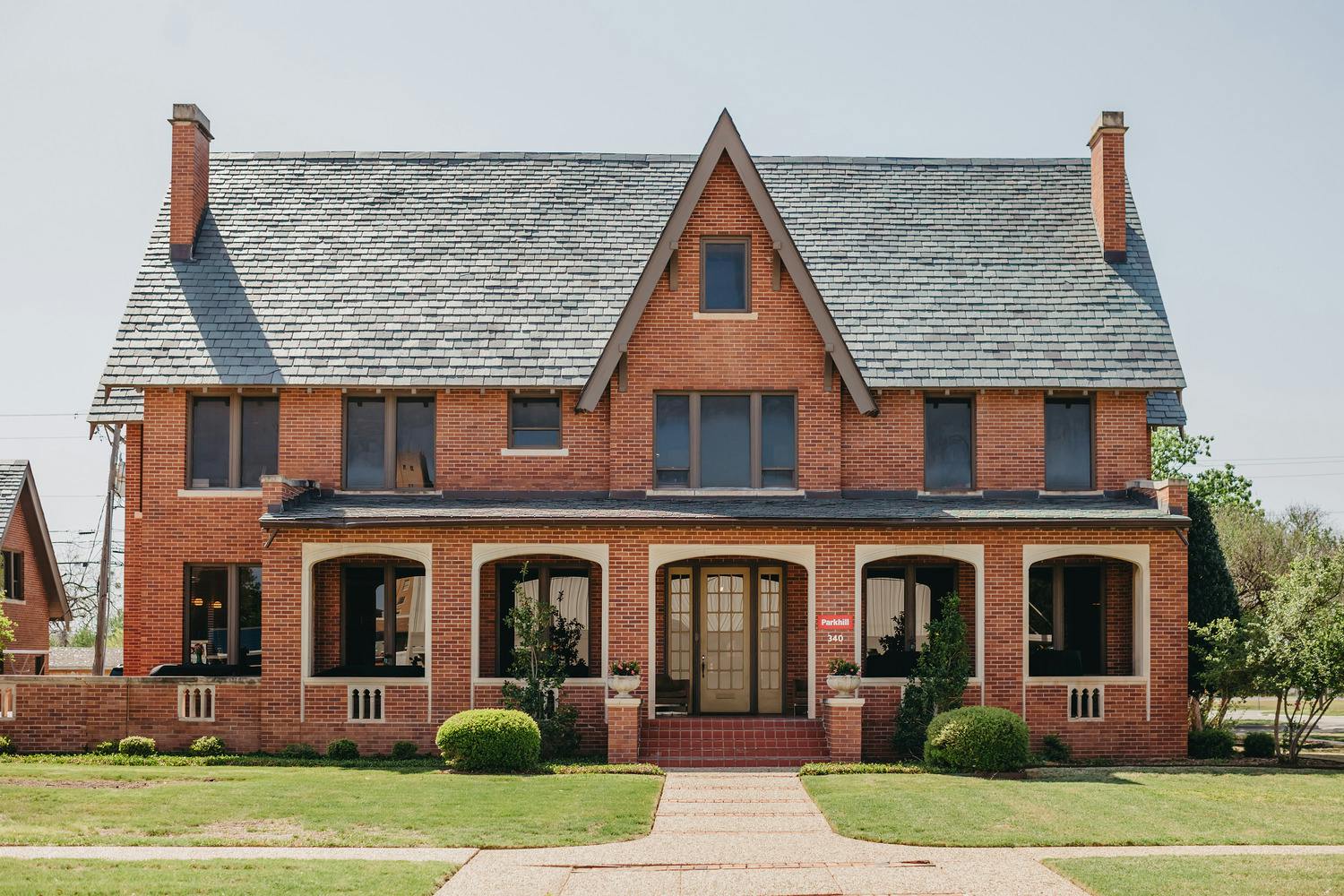PCs at Parkhill
Category: History
Written By: Valerie Edgren
Date: March 29, 2018

Parkhill’s early days of personal computing were just four years after Bill Gates launched Microsoft in 1975.
Mike Cartwright, who retired in 2014 as vice president and chief financial officer of Parkhill’s corporate organization, said he and Bob Redding, former corporate associate with Parkhill, wrote their own computer programs in those days. Mike is the son of the founder of Atchison Cartwright & Associates, which went on to become a division of Parkhill.
“Bob Redding and I were the first two to convince Parkhill that we needed a computer,” Mike said. “Eventually they bought two little HP computers. Bob worked with one in El Paso, and I worked on the one in Lubbock.”
The HP-85 looked similar to a calculator, but it was a computer with a full keyboard, Bob said. “It came with an 8K memory, which we immediately had to upgrade with an add-on that gave us a total of 16K memory.”
He said that one computer program was used to feed input into a magnetic tape. The other read the input data from the tape to do the analysis and print the results to a continuous, 4-inch wide thermal paper strip. The total cost of the machine and upgrade was reportedly $3,600 – which would be $18,000 today.
One of the first female engineers at Parkhill’s El Paso office was Suzanne Elaine McGivney, an employee who witnessed the changeover from hand-drawn plans to computerized ones.
McGivney remembers using floppy disks on the first computer in Parkhill’s El Paso office in the late 1980s. By 1989 drawings were done on Computer-Aided Drafting & Design (CADD) software. Eventually, architects started doing 3-D drawings by using 3-D Revit software.
Bob said that the El Paso office first used PCs in 1979. “We purchased the HP-85 and used it with work for El Paso Water Utilities. We wrote the programs that were involved since no such programs were on the market at the time. This plan recommended all wastewater infrastructure improvements necessary for the next five years .”
Bob starting writing computer programs with a structural engineering firm in Denver while he was in graduate school at the University of Colorado. He used Beginner’s All-purpose Symbolic Instruction Code (BASIC) rather than Fortran code suited to scientific and numeric computations.
“A really, really big advantage with this system was that it was not dependent on those darn keypunch cards,” Bob said, “and it was very easy to correct errors that were typed in. For me, the first use of computers was therefore not a dragon to be fought but rather a new tool with great potential. It should be noted that very little software was available at the time, which is quite different than today’s abundance of very sophisticated software.”
*The featured photo is Bob Redding, PE, with Parkhill’s first computer.


